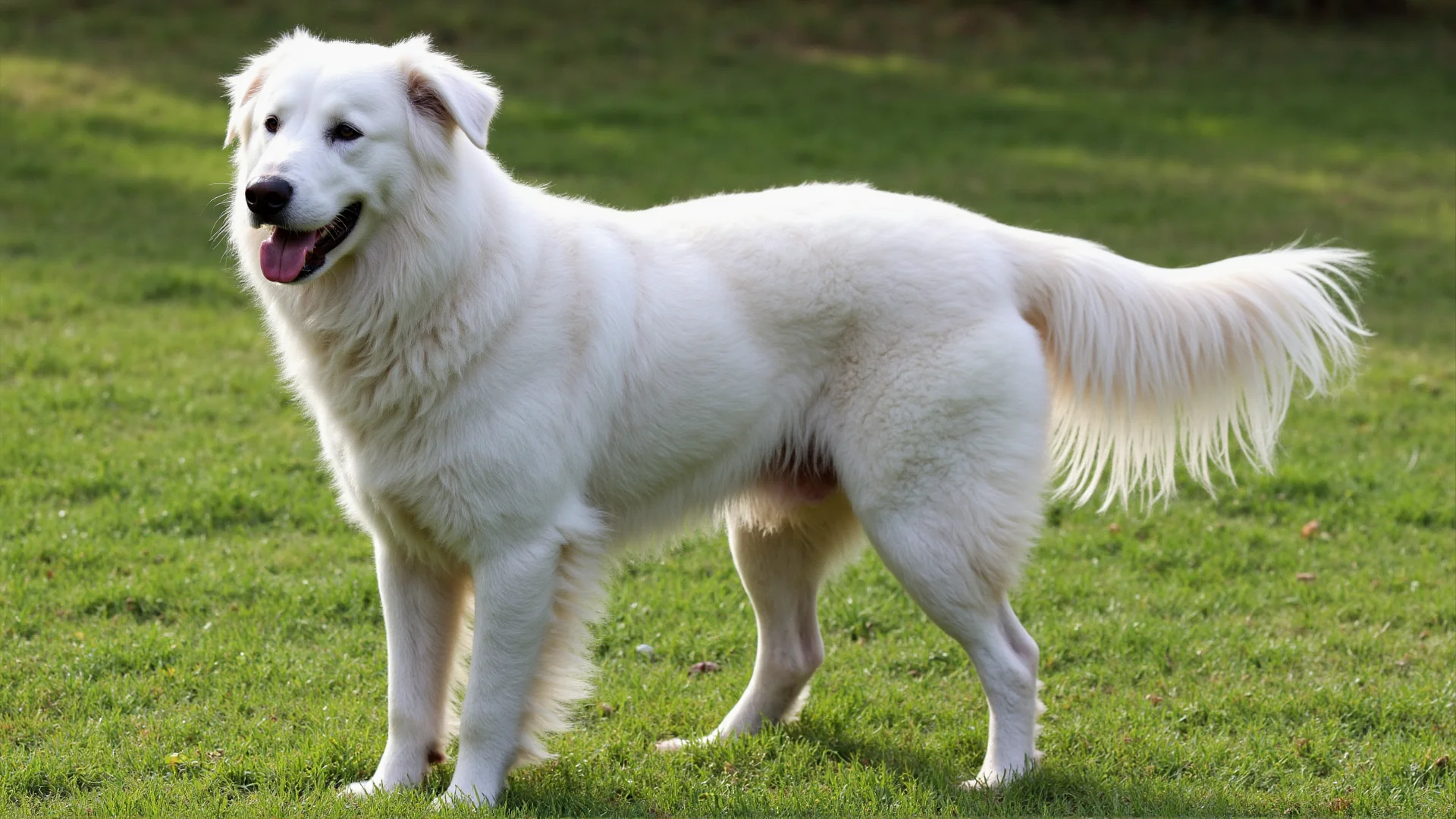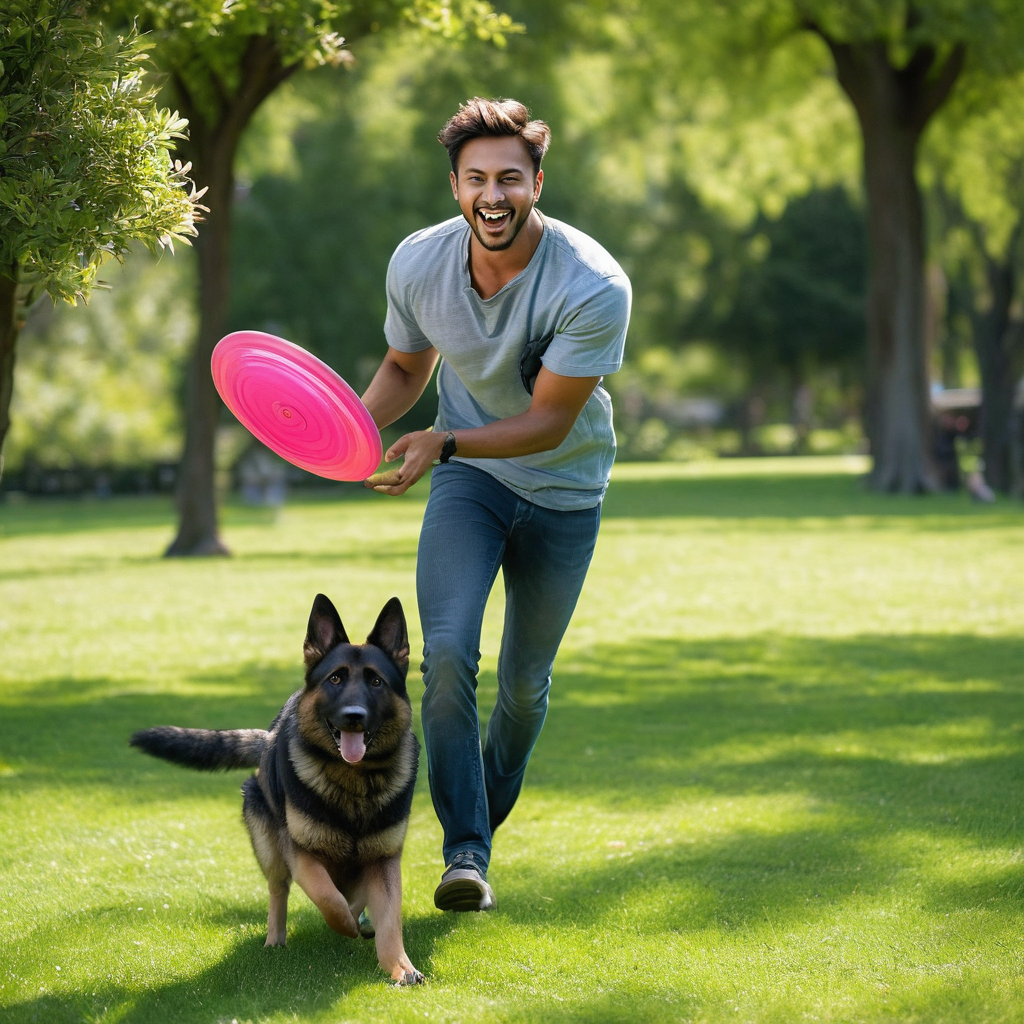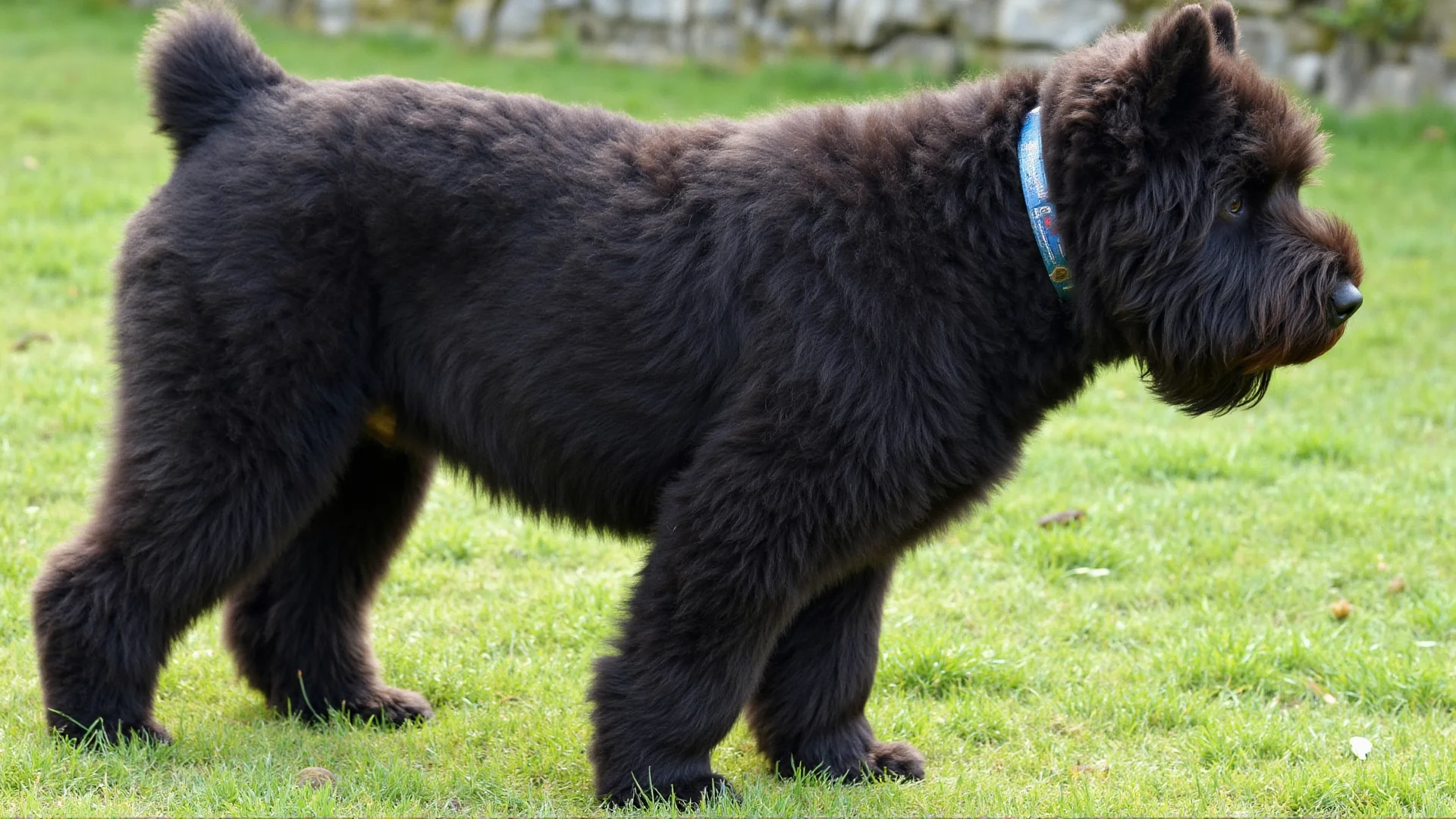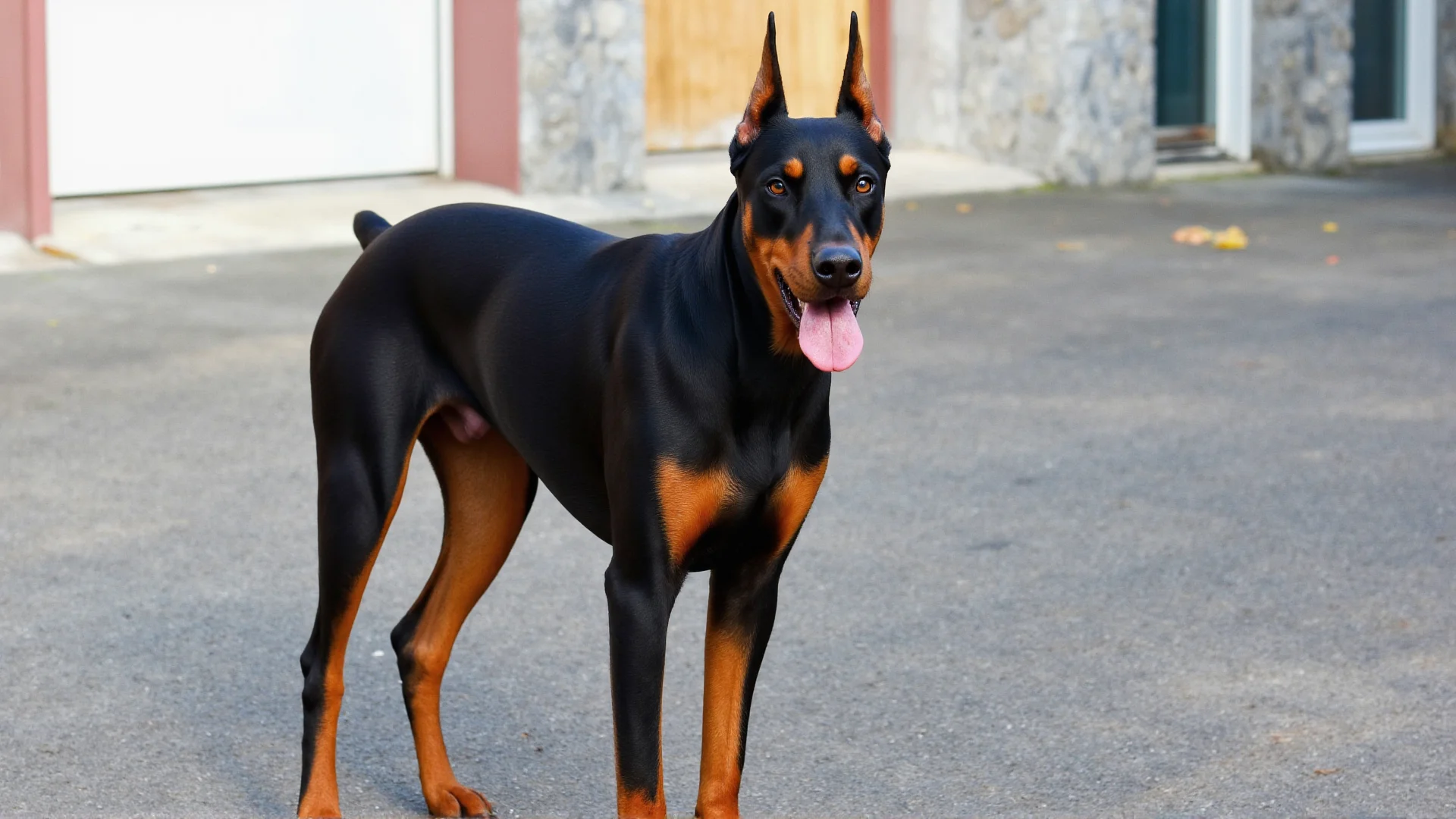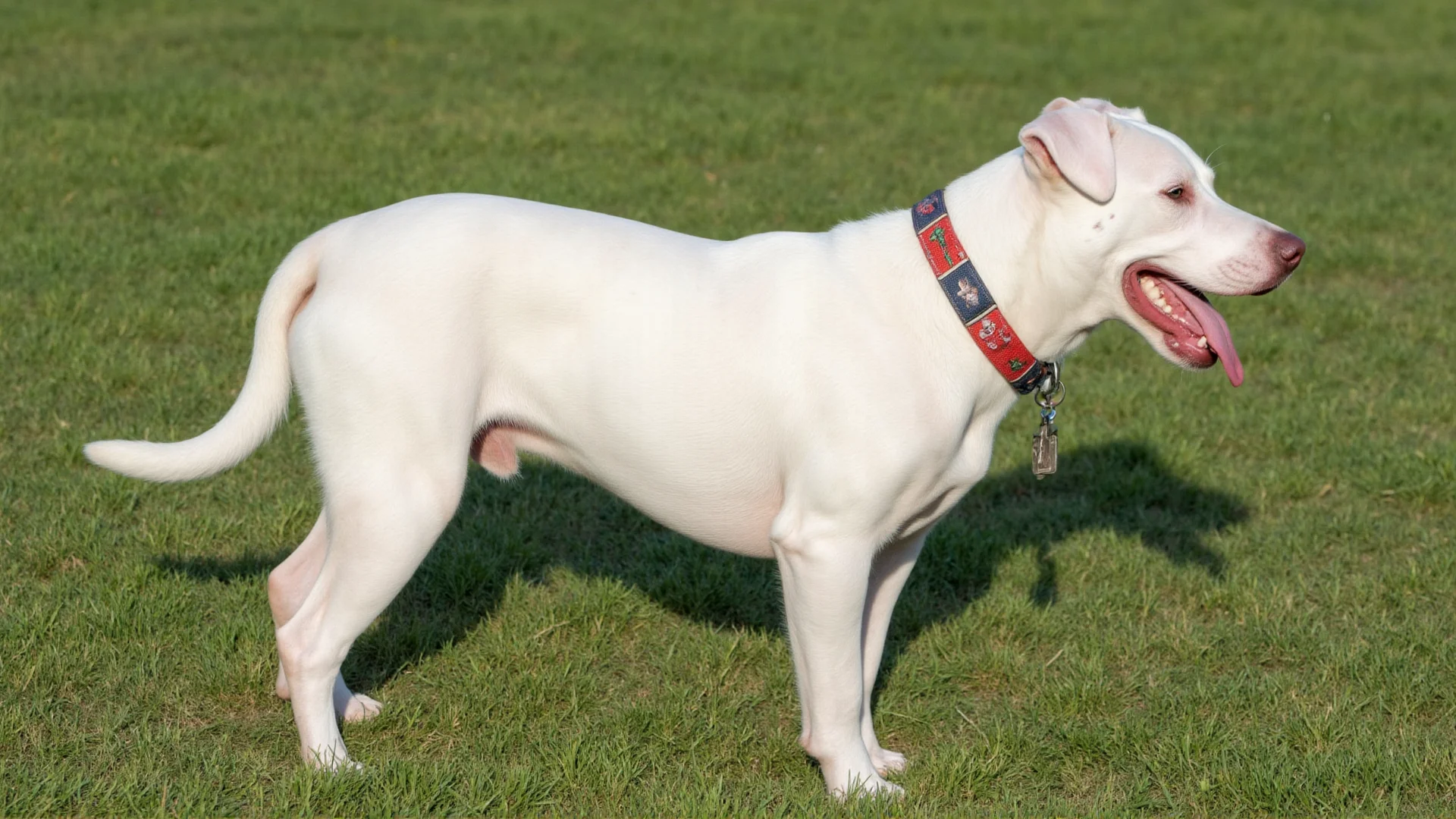The Polish Lowland Sheepdog: Your Ultimate Working Companion
The Polish Lowland Sheepdog, known as the PON (Polski Owczarek Nizinny), represents centuries of selective breeding for intelligence, stamina, and unwavering dedication to work. These remarkable dogs have evolved from their pastoral origins to become versatile working companions suitable for numerous professional applications.
Heritage of Hard Work
Originally developed in the lowlands of Poland, these dogs were bred specifically for herding sheep and cattle in challenging terrain. Their ancestors arrived in Scotland in the 16th century and actually contributed to the development of the Bearded Collie. This historical connection underscores their exceptional working abilities that have been refined over hundreds of years.
The PON's working heritage is evident in every aspect of their physique and temperament. Their medium size (35-45 pounds) provides the perfect balance of agility and strength, while their weather-resistant double coat enables them to work in harsh conditions that would sideline other breeds.
Modern Working Applications
Livestock Management
Today's Polish Lowland Sheepdogs excel in traditional herding roles on farms and ranches. Their natural instinct to gather and move livestock, combined with their ability to work independently, makes them invaluable for modern agricultural operations. Unlike some herding breeds that rely heavily on human direction, PONs can assess situations and make decisions autonomously.
Search and Rescue Operations
Their exceptional scenting ability and determination make Polish Lowland Sheepdogs excellent candidates for search and rescue work. Their size allows them to navigate terrain that might challenge larger breeds, while their endurance ensures they can work for extended periods without fatigue.
Therapy and Service Work
The breed's intuitive nature and strong bond with their handlers translate beautifully to therapy and service work. Their calm demeanor and high intelligence make them particularly effective in educational settings and healthcare facilities.
Training Your Working PON
Early Foundation Training
Begin training your Polish Lowland Sheepdog as early as possible, focusing on basic obedience and impulse control. These dogs are naturally independent thinkers, so establishing clear communication and mutual respect is crucial for developing a reliable working partnership.
Specialized Working Skills
Once basic obedience is solid, begin introducing specialized working skills relevant to your intended application. For herding work, start with simple directional commands and gradually introduce livestock under controlled conditions. For other working roles, focus on building the specific skill sets required for that particular job.
Mental Stimulation Requirements
Working Polish Lowland Sheepdogs require significant mental stimulation to remain satisfied and productive. Incorporate puzzle toys, varied training exercises, and new challenges regularly to keep their minds engaged and prevent behavioral issues that can arise from boredom.
Physical Conditioning for Working Dogs
Building Endurance
Develop your PON's working endurance gradually through progressive exercise programs. Start with shorter working sessions and gradually increase duration and intensity. These dogs can work for hours when properly conditioned, but building this stamina takes time and patience.
Maintaining Health
Working dogs require regular health monitoring to ensure they remain fit for duty. Schedule veterinary checkups every six months, maintain current vaccinations, and monitor for signs of fatigue or stress. Pay particular attention to their feet, as working dogs are prone to pad injuries and nail problems.
Nutritional Needs of Working PONs
Working Polish Lowland Sheepdogs have higher caloric requirements than their pet counterparts. Feed a high-quality, high-protein diet designed for active dogs, and adjust portions based on their activity level and body condition. During intensive working periods, they may require 25-50% more calories than sedentary dogs.
Ensure constant access to fresh water during work sessions, and consider electrolyte supplementation during hot weather or extended working periods.
Building the Handler-Dog Partnership
The relationship between a Polish Lowland Sheepdog and their handler is the foundation of successful working performance. These dogs form incredibly strong bonds and will work tirelessly for handlers they trust and respect. Invest time in building this relationship through consistent training, fair treatment, and positive reinforcement.
Remember that PONs are sensitive dogs that respond poorly to harsh correction. They work best when they understand their job and feel confident in their handler's leadership. Patience and consistency will yield far better results than force or intimidation.
Common Working Challenges and Solutions
Overprotectiveness
Polish Lowland Sheepdogs can become overly protective of their charges or territory. Address this through socialization and clear boundaries about when protective behavior is appropriate versus when it's not needed.
Independence vs. Cooperation
While their independence is valuable in working situations, it can sometimes conflict with the need to follow specific instructions. Balance their natural decision-making abilities with reliable recall and stop commands for safety and effectiveness.
Conclusion
The Polish Lowland Sheepdog represents an exceptional working dog breed that combines intelligence, versatility, and unwavering dedication. Whether you're looking for a livestock guardian, search and rescue partner, or therapy dog, the PON's working heritage and adaptable nature make them an outstanding choice for serious working applications.
Success with a working Polish Lowland Sheepdog requires commitment to proper training, conditioning, and relationship building. When these elements come together, you'll discover why this breed has been trusted with important work for centuries and continues to excel in modern working roles.
